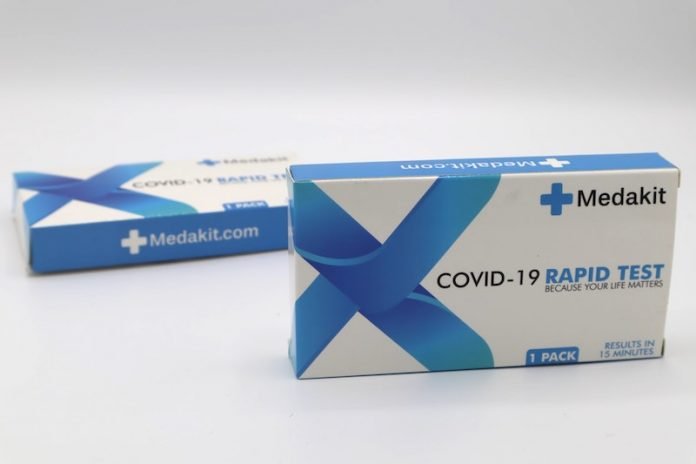
In a new study, researchers found self-collected saliva and deep nasal swabs collected by healthcare providers are equally effective for detecting SARS-CoV-2, the virus that causes COVID-19.
They also found that specimens self-collected from the front of the nose are less effective than deep nasal swabs for virus detection.
This finding prompted a subsequent study that has not yet been published in which researchers learned they could improve the sensitivity of anterior nasal swab testing to 98% by combining an anterior nasal swab with a swab collected from the back of the throat.
The results have important implications for patients and providers. The collection process for saliva and anterior nasal specimens is less invasive than the deep nasal, or nasopharyngeal, swab.
In addition, both specimen types can be self-collected, reducing the risk of exposure for healthcare workers who collect nasopharyngeal specimens.
The research was conducted by a team at ARUP Laboratories and the University of Utah (U of U) Health.
In the study, the team analyzed more than 1,100 specimens from 368 volunteers from late May through June.
Volunteers self-collected saliva that they spit into a tube and swabbed from the front of both nostrils to produce specimens for testing.
The researchers compared test results from these specimen types with test results from nasopharyngeal swabs healthcare providers collected from the volunteers.
Discrepant results across specimens collected from the same patient triggered repeat testing using a second polymerase chain reaction (PCR)-based platform.
The study showed that SARS-CoV-2 was detected in at least two specimen types in 90% of the patients who tested positive for the virus.
As a standalone alternative specimen to nasopharyngeal swabs, saliva proved to be an excellent option. Positivity rates for saliva specimens were nearly the same as those for nasopharyngeal specimens.
The research showed that self-collected nasal swabs, when used alone, can miss nearly 15% of infections, which prompted researchers’ further study combining them with oropharyngeal, or throat swabs.
The team says saliva and nasal swab self-collection can resolve many of the resource and safety issues involved in SARS-CoV-2 diagnostic testing.
ARUP and U of U Health anticipate being able to start offering testing on saliva in some U of U Health clinical settings in early September.
They already are using anterior nasal swabs in combination with throat swabs to test some asymptomatic individuals.
One author of the study is Julio Delgado, MD, MS, ARUP chief medical officer.
The study is published in the Journal of Clinical Microbiology.
Copyright © 2020 Knowridge Science Report. All rights reserved.



